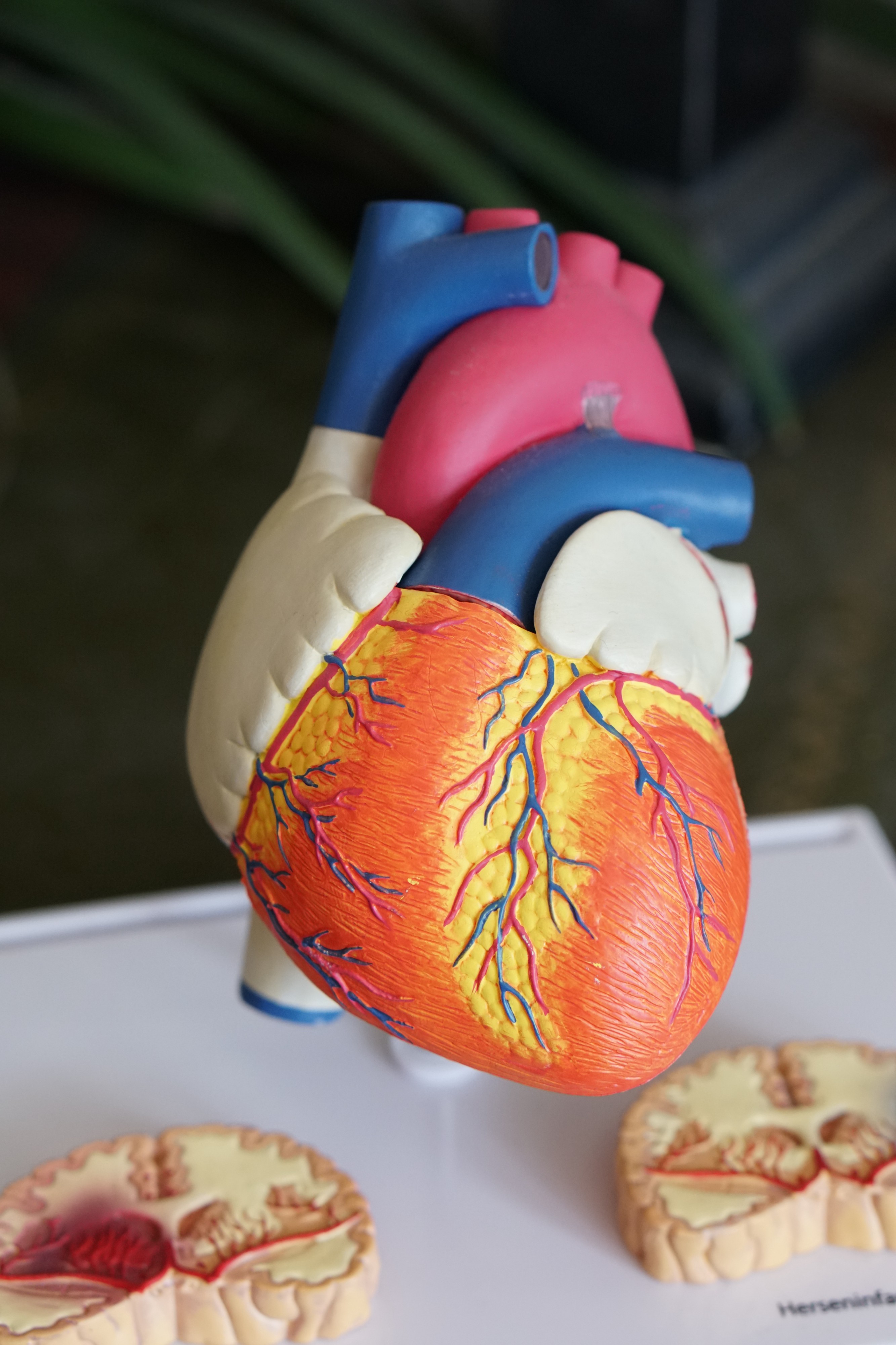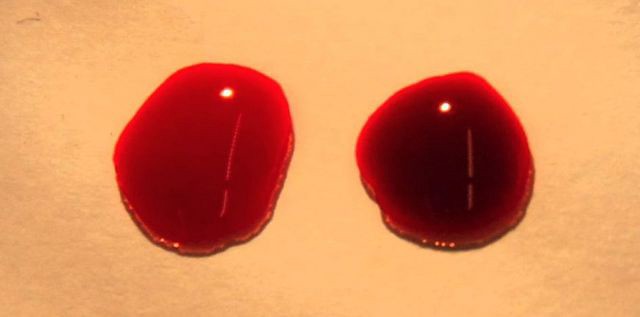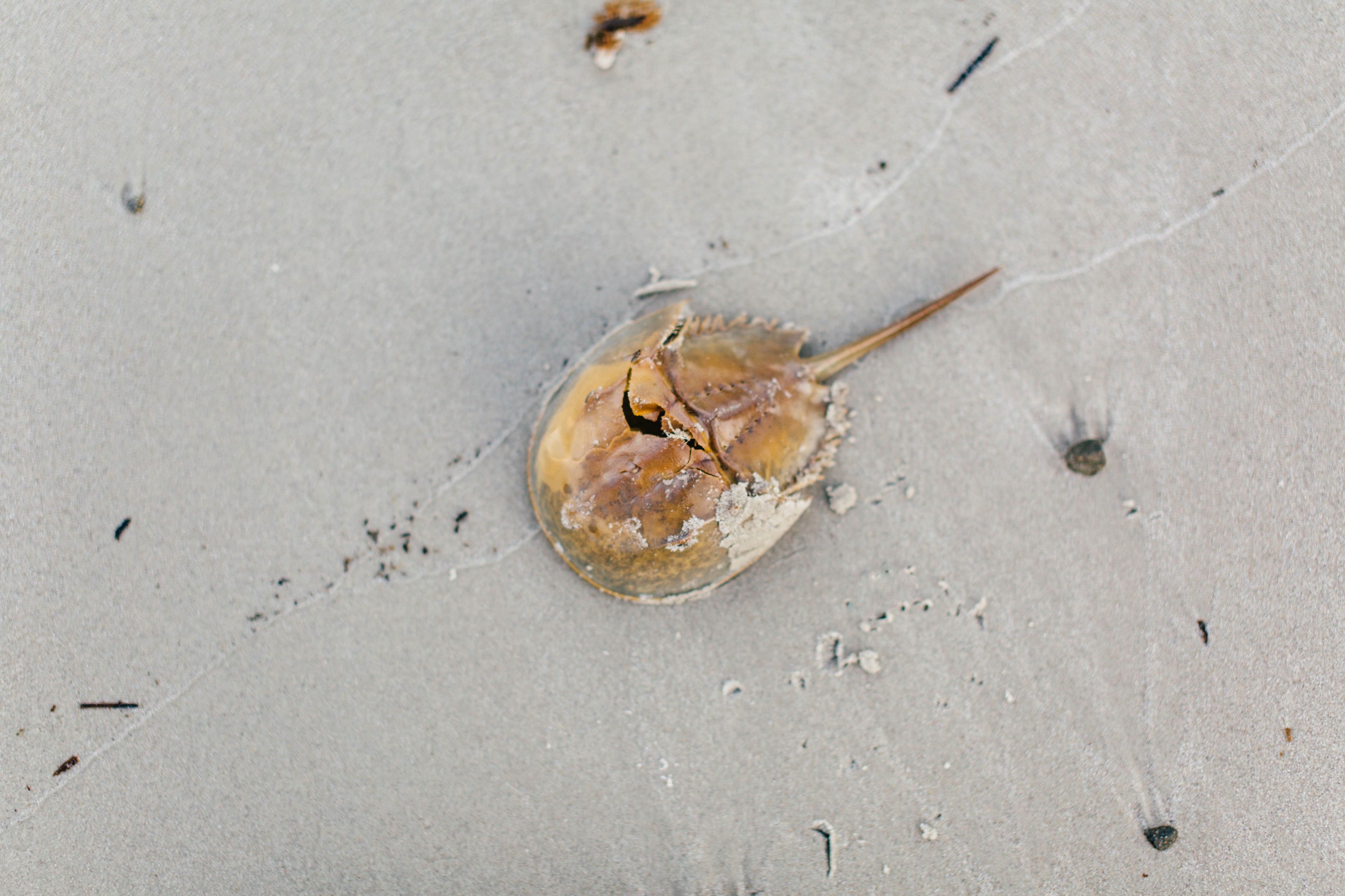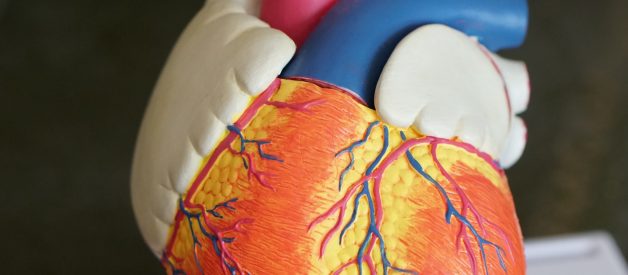Learn a new fact for the week: why is blood in our veins a different color than what we bleed ? and is it really as blue as it looks?
 This heart shows both red arteries, and blue veins. It is also plastic, which is a good thing, because if it was real, its owner would be dead. You know, with it not being in a chest cavity. Photo by Robina Weermeijer.
This heart shows both red arteries, and blue veins. It is also plastic, which is a good thing, because if it was real, its owner would be dead. You know, with it not being in a chest cavity. Photo by Robina Weermeijer.
I remember, as a small child, leafing through a book that showed all the different organs and structures inside the human body. (Thankfully, these were drawn diagrams, rather than photos, so it merely encouraged my curiosity instead of scarring me for life.)
One feature that I noted were that some of the blood vessels were drawn in a bright, cheery red, while others were drawn in a robin?s-egg blue. Curious, I showed the picture to my mother, a doctor.
?That?s to point out the veins versus the arteries,? she explained, pointing down at the picture. ?See, the arteries all flow away from the heart, and they?re red. The veins all flow towards the heart, and they?re blue.?
This made a lot of sense. I even looked down at my own forearm, watching how the blood vessels would stand out against my pale skin when I flexed my little-kid muscles. I could see the blue lines of the veins, just below the surface of the skin.
Strangely enough, however, whenever I happened to get a cut or scrape, the blood that came out was bright red ? never blue. Did I never get cut on a vein?
It wasn?t until years later, in college pursuing my biology degree, that I learned the truth about ?red vs. blue blood.?
Why We Never Bleed Blue Blood
As it turns out, there?s a simple reason why we never have any blue blood come leaking out of our veins: none of our blood is actually blue.
Yes, despite how it looks when we peer at our arms, the blood in our arteries is bright red, and the blood in our veins is? slightly less bright red.
 The difference between oxygenated blood (left) and deoxygenated blood (right) is surprisingly minor. No blue blood here! Source: WikiMedia Commons
The difference between oxygenated blood (left) and deoxygenated blood (right) is surprisingly minor. No blue blood here! Source: WikiMedia Commons
What?s going on? Let?s start with an explanation of how blood works, with regards to distributing oxygen.
Blood flowing through our arteries is oxygenated, carrying fresh oxygen from the lungs to our organs, muscles, and other tissues that need that oxygen to function. After the red blood cells have deposited the oxygen, they carry carbon dioxide back to the lungs to be expelled.
Science Monday: Can Your Body Even Detect Oxygen At All?
Learn a new fact for the week: why do we need a machine to tell when we?re being suffocated by carbon monoxide?
medium.com
That oxygen is carried by a special molecule in our red blood cells called hemoglobin. The core of this protein is an atom of iron, which can bind the oxygen molecule to let it be carried by the cells. Hemoglobin is red, and it is what gives our blood its red color.
What causes our blood to show any color change, then? It turns out that, when oxygen is bound to hemoglobin, a bit more red light is reflected, making the cells appear a brighter red than when the hemoglobin is deoxygenated (not bound to any oxygen). So adding oxygen increases the redness and brightness of blood.
What About My Veins?
If all blood is red, then why do veins appear blue?
It turns out that the color of our veins is due less to the blood inside them, and more to the skin that separates them from the outside world. Our skin absorbs more red light than blue light; the veins reflect the blue light back to the outside world, so we see the veins as blue.
If you were to strip the skin away, you?d find that arteries and veins both look the same color (this is just a thought experiment; don?t do this in real life!).
So, no blue blood in people.
However, this doesn?t hold true for every living being, and there is one striking example of blood that is truly blue? and incredibly valuable.
Horseshoe Crab Blood is the Fourth Most Expensive Liquid on Earth
I bet that?s not a sentence you expected to read!
 When people talk about how ?the blood of kings is blue?, it?s this guy that they?re really discussing. Fun fact: if a horseshoe crab claimed the Throne of England, there?s no legal way to stop him. Photo by Michael Browning.
When people talk about how ?the blood of kings is blue?, it?s this guy that they?re really discussing. Fun fact: if a horseshoe crab claimed the Throne of England, there?s no legal way to stop him. Photo by Michael Browning.
As I mentioned above, our blood is red because of the hemoglobin molecule, which contains iron. Most animals also use iron in their blood ? but not all of them.
The horseshoe crab, for example, uses hemocyanin to carry oxygen through their bodies. This molecule contains copper, rather than iron ? which makes it blue. Horseshoe crabs really do have blue blood!
Horseshoe crab blood, along with being blue, is also incredibly sensitive to pathogenic bacteria. Every year, many thousands of crabs are collected and drained of about 30% of their blood, which is used to test for the presence of bacteria such as E. coli, Salmonella, and others. Given the difficulty of obtaining it, horseshoe crab blood is worth about $60,000 per gallon.
There?s a fun fact to share with coworkers!
Despite how it looks when we peer at our veins, we don?t have any blue blood in our bodies; oxygen-rich blood is bright red, while oxygen-depleted blood is slightly darker color (but still red).
Instead, it turns out that our veins look blue because our skin reflects more blue light. It?s not an indication of the color of the liquid inside the veins. (This is why, whenever you got a cut or a bloody nose as a child, the blood was always red.)
The red color of our blood comes from the iron that is used by our red blood cells to transport oxygen. Most other animals also use iron, but horseshoe crabs use copper instead ? and thus, these ancient crabs are the only ones who truly have blue blood!
Sam Westreich holds his PhD in genetics, focusing on methods for studying the gut-associated microbiome. He currently works at a bioinformatics-focused startup in Silicon Valley. Follow on Medium, or on Twitter at @swestreich.
Have a science-related question? Comment to suggest a topic for my next story. Or check out this related story:


